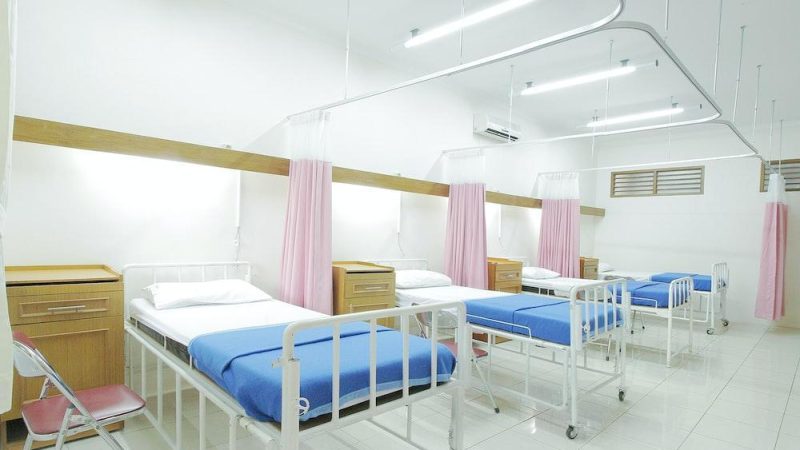How Do I Prove Service Connection For VA Benefits?
Veterans who have incurred disabilities from their service in various United States defense dockets are eligible for VA benefits, providing compensation for catering to needs such as medical follow-ups and everyday living costs. That said, qualifying for these claims will require you to prove a service connection to your disability, failure to which could result in a failed application. With this in mind, what are some ways that can help prove your claim?
Direct Service Connection
A direct link to illnesses you sustain during your service will be one of the most straightforward ways to show service connection. Injuries such as the loss of use of your arms or legs due to risks in the field are one example of such an occurrence. Others, such as cancers and ailments linked to exposure to toxins and Agent Orange, could also be useful for your case. Experts from the law firms for veterans suggest utilizing medical records to prove service connection, with doctor visits and service discharge also acting as enough evidence.
Secondary Service Connection
To ascertain secondary service conditions, veterans must often link their condition to a direct service connection. This means primary ailments such as PTSD must result in secondary conditions such as depression, creating a visible link. While some conditions may take time to develop, an example being a heart condition, this also needs to be related to your time on active duty, with illnesses such as hypertension often found to cause cardiac issues years after service.
Injuries Related To the Health Care Received Under VA Supervision
More often than not, service personnel may encounter new conditions during treatment at a VA facility. This could be due to negligence, lack of training by the medical profession, or delayed diagnosis. If this happens, the VA may require evidence of these, with visits to the facility proving helpful in backing up your claim.
Presumptive Service Connection
While the above instances of service connection require veterans to link evidence of their illness to specific circumstances resulting in their condition, a presumptive connection will often be exempt. Instances such as being a prisoner of war are hard to prove, eliminating any need for records of such cases. Due to this, the VA will typically compensate veterans with conditions such as PTSD and psychosis on presumptive service connection.
Aggravated Service Connection
Veterans with pre-existing conditions could also claim aggravated illness. This service connection will especially be helpful if the condition progresses at an accelerated speed due to your time on active duty. Medical evidence will be vital for this claim, with testimonials from your medical team going a long way in strengthening your claim.
Attach Documents to Support Your Claim
As previously stated, documents will be a large part of supporting your service connection. This means veterans must attach various records when filing for service connection. Examples of these documents include:
- Witness statements. These could be statements from family and friends detailing changes in your health before and after the incident. Additionally, supervisor statements also come in handy here, increasing your chances of getting a successful claim.
- Military records. These will often disclose the type of injuries sustained, the date of service, and the location of the incident.
- Independent medical opinions
- Nexus letters
- Medical records of the diagnosis
While the VA provides various ways veterans can get compensation claims, understanding the scope of your injuries will be essential for helping you file the correct application. Make it a point to ascertain whether your condition falls under direct, presumptive, or secondary service connection. If you also incur injuries due to negligence at a VA facility or experience aggravated service connection injuries, make it a point to attach the proper documents to improve your chances of eligibility for VA disability claims.




